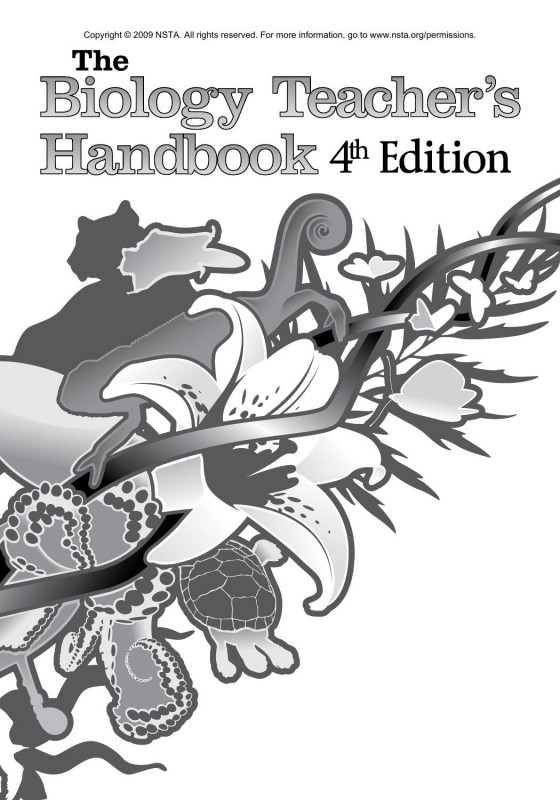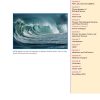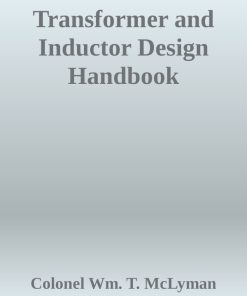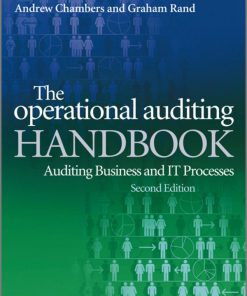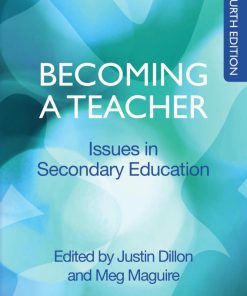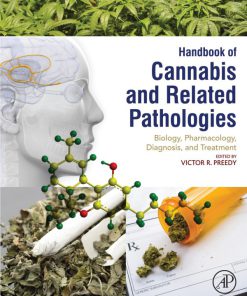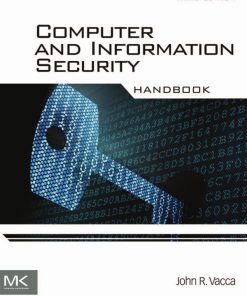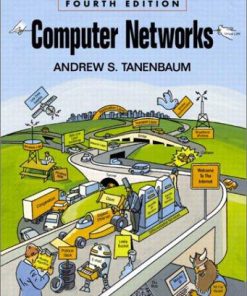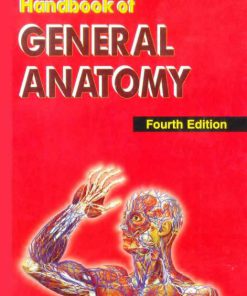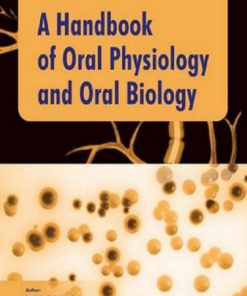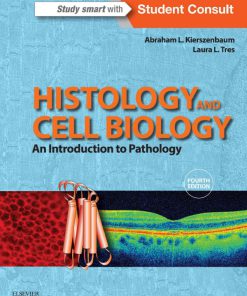The biology teacher’s handbook 4th edition by Andrew Cocke ISBN 087355244X 978-0873552448
$50.00 Original price was: $50.00.$25.00Current price is: $25.00.
Authors:Andrew Cocke , Series:Biomedical [10] , Tags:Biological Sciences & Biotechnology , Author sort:Cocke, Andrew , Languages:Languages:eng , Published:Published:Dec 2009 , Publisher:NSTA , Comments:Comments:Biological Sciences Curriculum Study. Claire Reinburg, Director Jennifer Horak, Managing Editor Judy Cusick, Senior EditorAndrew Cocke, Associate Editor Betty Smith, Associate Editor Art And design Will Thomas, Jr., Director Tim French …
The biology teacher’s handbook 4th edition by Andrew Cocke – Ebook PDF Instant Download/Delivery. 087355244X, 978-0873552448
Full download The biology teacher’s handbook 4th edition after payment
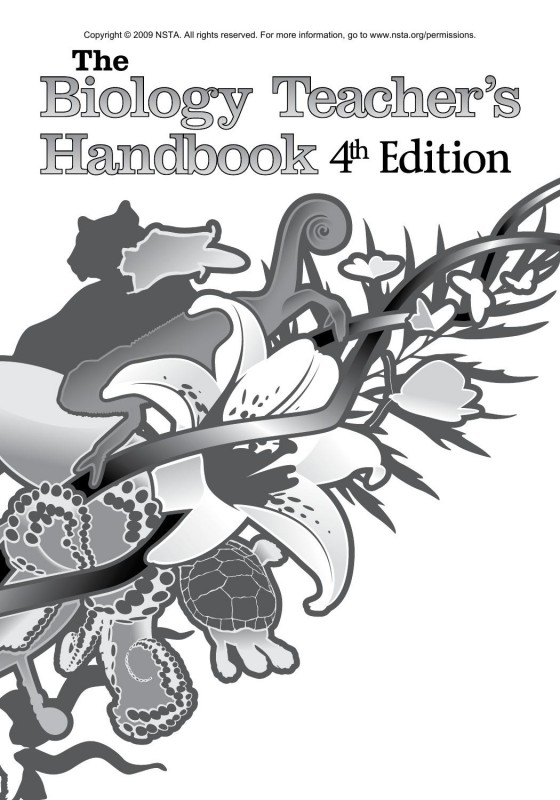
Product details:
ISBN 10: 087355244X
ISBN 13: 978-0873552448
Author: Andrew Cocke
Biology teachers, you re in luck BSCS (Biological Sciences Curriculum Study) presents a wealth of current information in this new, updated edition of the classic The Biology Teacher s Handbook. No matter the depth of your experience, gain insight into what constitutes good teaching, how to guide students through inquiry at varying levels, and how to create a culture of inquiry in your classroom using science notebooks and other strategies. In addition, learn tactics for including controversial subjects in your courses, promoting scientific discussion, and choosing the right materials information that would benefit the teacher of any subject. BSCS experts have packed this volume with the latest, most valuable teaching ideas and guidelines. Their suggestions include designing your courses around five questions all answered in the book s five sections: What are the goals of the program for my students and me? How can I help students understand the nature of science? How do I teach controversial topics? How can I create a culture of scientific inquiry in my classroom? Where has biology teaching been, and where is it going?
The biology teacher’s handbook 4th Table of contents:
Preface
- The Purpose of the Handbook
- How to Use This Book: A Guide for Teachers
Chapter 1: Foundations of Biology Education
- Understanding the Role of a Biology Teacher
- Key Principles in Biology Teaching
- Building a Classroom Culture for Science Learning
- Navigating the Curriculum: Standards and Expectations
Chapter 2: Teaching Strategies for Biology
- Active Learning Techniques for Biology Classes
- Inquiry-Based Learning in the Biology Classroom
- Incorporating Technology and Multimedia in Teaching
- Differentiated Instruction for Diverse Learners
- Encouraging Critical Thinking and Problem Solving
Chapter 3: Curriculum Design and Lesson Planning
- Designing a Biology Syllabus: Key Topics and Units
- Effective Lesson Planning: Structuring Your Teaching Day
- Writing Measurable Learning Objectives
- Creating Assessment Tools: Tests, Quizzes, and Rubrics
- Balancing Theory and Practical Work
Chapter 4: Laboratory Instruction
- Safety in the Biology Lab: Essential Guidelines
- Setting Up and Managing a Biology Lab
- Conducting Experiments: Key Techniques and Best Practices
- Using Simulations and Virtual Labs
- Troubleshooting Common Lab Issues
Chapter 5: Teaching Cell Biology
- Introducing Cells: Structure and Function
- Teaching the Cell Cycle and Cellular Processes
- Exploring Cell Division: Mitosis and Meiosis
- Hands-On Activities for Cell Biology
Chapter 6: Teaching Genetics
- The Basics of Heredity and Mendelian Genetics
- Exploring DNA Structure and Function
- Modern Genetics: Biotechnology and Genetic Engineering
- Interactive Genetics Activities and Models
Chapter 7: Teaching Evolution and Ecology
- Theories of Evolution: Darwin and Beyond
- Mechanisms of Evolution: Natural Selection and Adaptation
- Biodiversity and Conservation: Key Concepts
- Studying Ecosystems and Ecological Interactions
- Using Fieldwork to Teach Ecology
Chapter 8: Teaching Physiology and Anatomy
- The Human Body: Systems and Functions
- Circulatory, Respiratory, and Digestive Systems
- Teaching Plant Physiology and Growth
- Hands-On Activities for Teaching Human Anatomy
Chapter 9: Assessment and Evaluation in Biology Education
- Formative vs. Summative Assessments in Biology
- Designing Lab Reports and Scientific Papers
- Using Rubrics for Biology Assignments
- Assessing Conceptual Understanding
- Evaluating Student Progress: A Holistic Approach
Chapter 10: Classroom Management and Engagement
- Effective Classroom Management Strategies
- Keeping Students Engaged in Biology Lessons
- Managing Group Work and Collaborative Learning
- Motivating Students in Biology
Chapter 11: Integrating Cross-Disciplinary Learning
- The Connection Between Biology and Other Science Disciplines
- Integrating Math and Physics into Biology Lessons
- Teaching Environmental Science and Sustainability
- Incorporating Ethical and Societal Issues in Biology Education
Chapter 12: Professional Development for Biology Teachers
- Ongoing Learning and Staying Updated with Scientific Advances
- Joining Professional Organizations and Networks
- Attending Workshops and Conferences
- Reflective Teaching: Continuous Improvement in Practice
Chapter 13: Challenges in Biology Teaching and How to Overcome Them
- Addressing Common Student Misconceptions in Biology
- Handling Diverse Learning Styles and Needs
- Overcoming Limited Resources in the Biology Classroom
- Keeping Up with Curriculum Changes and Updates
Appendices
- A. Resources for Biology Teachers: Websites, Journals, and Textbooks
- B. Recommended Lab Equipment and Materials
- C. Sample Lesson Plans and Teaching Templates
- D. Further Reading: Books and Articles for Biology Educators
Index
People also search for The biology teacher’s handbook 4th:
the biology teacher
the biology blend tpt 2018
the teacher’s guide 4th grade
the biology teacher’s handbook
the biology of the honey bee pdf
You may also like…
eBook PDF
Computer and Information Security Handbook 4th edition by John Vacca ISBN 0443132232 978-0443132230

